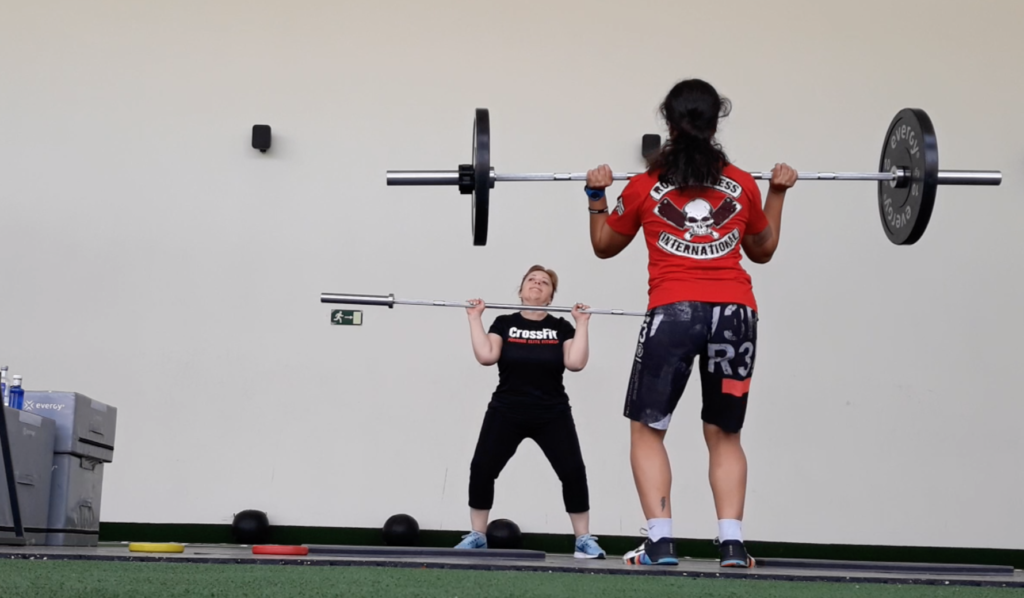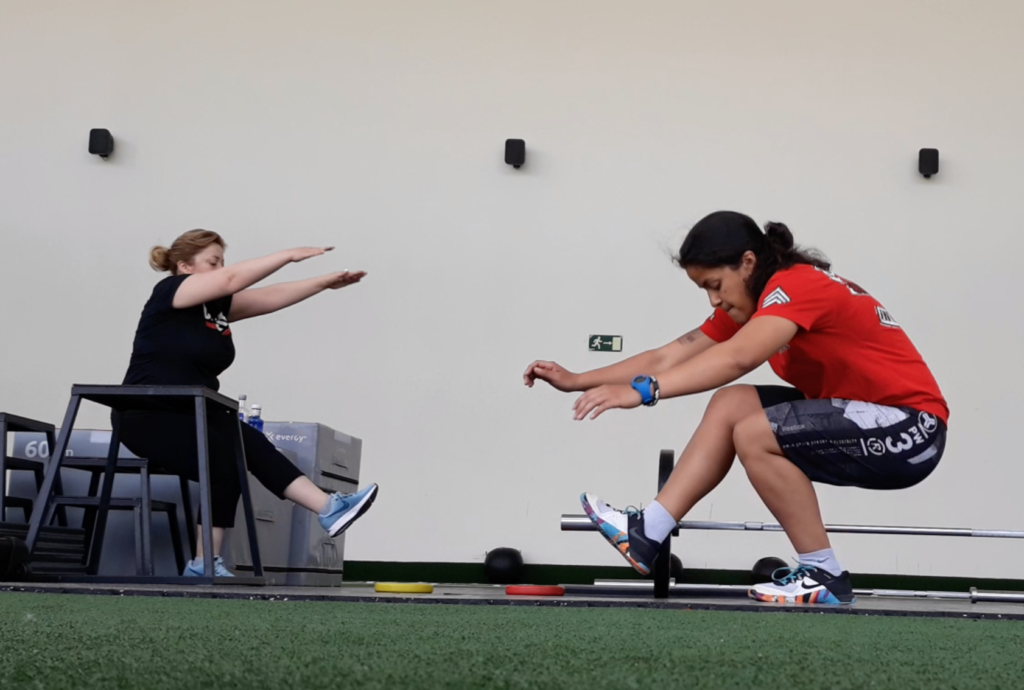Pygmalion effect: using it in the box
In Social Psychology there’s something called «the Pygmalion Effect» or «the Rosenthal Effect». It was discovered thanks to a series of investigations carried out by Robert Rosenthal (1975) who wanted to analyze the influence of interpersonal expectation – defined as «the unintentional expectation that investigators, professors and other authority figures bring to experiments, classrooms and other situations».
First, he studied it with humans and, then, with rats. Findings suggested that a positive expectation generated positive results (both in humans and rats). Since the expectation of success in rats improved their learning abilities significantly, Rosenthal then went on to see if this effect was replicated in the academic context.
They applied a non-verbal intelligence test to 18 classrooms. Of those 18 classrooms, 20% of each was randomly selected to create the experimental group (this included children with above-average intelligence, average intelligence and below-average intelligence). Investigators then told the teachers of each classrooms the names of the children in the experimental group and stated that they would experience surprising improvements in their intellectual competence during the following 8 months.
Sure enough, those 8 months went by and they retested their intelligence proving their hypothesis: the children who were expected to show higher improvements in their intelligence had higher scores.
What’s curious is that the children never learned the true motive behind the experiment. Everything happened thanks to the unintentional expectation generated by the professors. These investigations teach us that our tendency to expect a certain result from our students can make a difference in their learning curve.
I’ve been able to replicate these findings in natural situations both as an athlete and a coach, with teammates and athletes. In cases of insecurity, the Pygmalion effect can work wonders and, luckily, its mechanism is pretty straight-forward. Rosenthal and Harris (1997) found that teachers «teach more and more kindly to those from which they expect favorable results».
Using the Pygmalion Effect with your students

As coaches, we should aspire to get our athletes to reach their best version. To do so, many may face their own obstacles. Putting them on that path can be very challenging for a coach. The good thing is that sometimes these obstacles tumble to the ground once self-belief and confidence come into play.
We already know there are many ways to build confidence – as we’ve seen in a recent article – but the Rosenthal effect needs its own post. If my athlete thinks I expect a positive result from him, this will have a differential effect for both of us. I’ll put in more effort to teach and guide the athlete to the results I’m expecting and, on the other side, the athlete will work hard to continue on the path I’ve set out.
If you’re a coach who’s been reading the blog you know how to set goals, how motivation works, how to manage pre-competitive anxiety,… All this must help you choose the best content to build the hype in your athlete. If you know they can put more weight on the bar, tell them. If you know they’re ready for their first muscle-up, tell them.
The most important thing (and a mandatory first step) is to establish a solid foundation with each athlete. Call them by their names, show concern for their personal situations and try to build a good relationship with each one. That’s why there shouldn’t be more than 10-12 athletes. This makes it harder to get close to our students and assist them in their progress.
As an athlete, I’ve seen coaches who only talked to the athletes they were closest to. They corrected their movements, pumped them up and pushed their performance to a higher level. This effect should be reproduced with every single person that enters the box. The essential ingredient for the Rosenthal Effect to happen is that we develop a certain intimacy with the person; you need to genuinely want happiness and success for them. Not only in CrossFit but in their lives.
We can’t forget we have an arduous task on our hands: to help bring health into the world and fight away chronic disease. Health encompasses both physical and mental aspects. Every tool we learn that can improve any of those aspects should be more than welcome.



